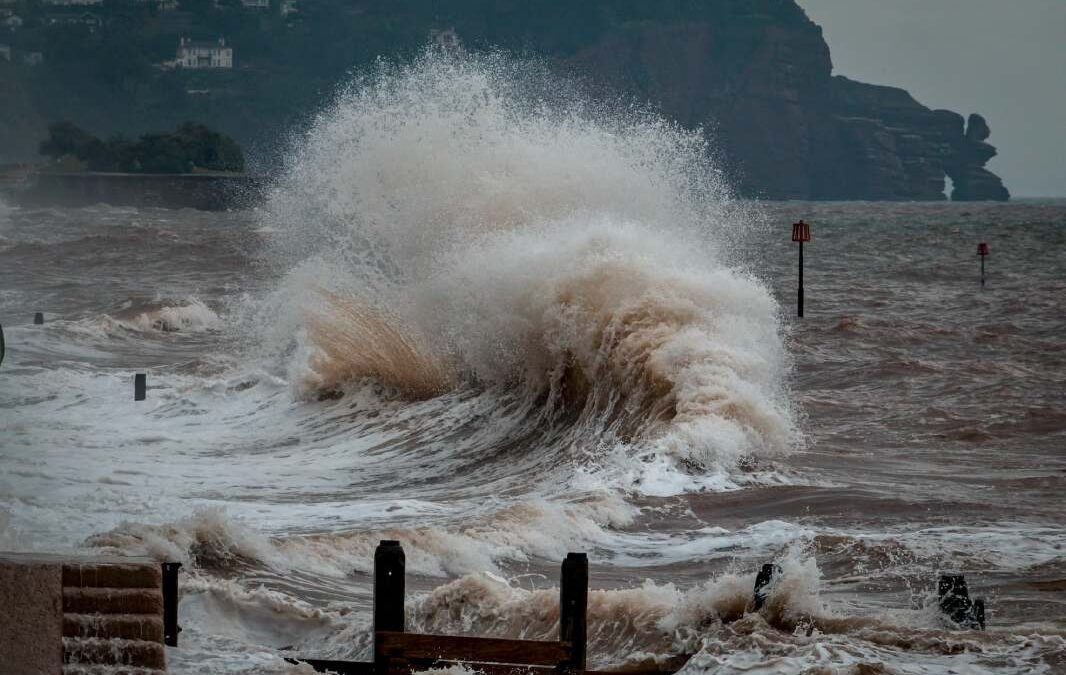Man-made climate changes could kill a billion people
If the Earth’s temperature increases by 2°C or more in this century, mainly poorer populations will be at risk, potentially resulting in one billion fatalities, says a report
Around a billion people could lose their lives due to severe climate events in the next century, according to a research report published in a science journal called Energies. The report warns that if the Earth’s temperature increases by 2°C or more in this century, mainly poorer populations will be at risk, potentially resulting in one billion fatalities.
The study also highlights the possibility of catastrophic consequences if the warming exceeds 2°C, which could lead to human extinction. Within these extreme scenarios, it is estimated that between 300 million (the best-case scenario) and less than three billion (the worst-case scenario) people may die due to human-caused global warming of 2°C.

Currently, the Earth is about 1.1°C warmer than it was in the 1800s. Many global climate organizations have indicated that we are not making sufficient progress to achieve the goals set out in the Paris Agreement, which aims to limit global temperature increases to below 1.5°C.
Environmental disasters responsible for millions of deaths include events like heatwaves, crop failures, droughts, floods, extreme weather events, wildfires, and rising sea levels. The study emphasizes the importance of the “1000-ton rule,” which states that burning 1000 tons of fossil carbon results in the death of a future person.
The research calls for the implementation of “relatively aggressive” energy policies to promptly reduce carbon emissions and save lives.
Environmental Factors kill 13 million now, says UN
According to the United Nations (UN), environmental factors currently claim the lives of approximately 13 million people annually. It’s uncertain how many of these deaths are directly or indirectly related to climate change.
Another report from the UN’s World Meteorological Organization (WMO) earlier this year revealed that extreme weather has caused the deaths of 2 million people and $4.3 trillion in economic damage over the past 50 years. The report indicates that there have been 11,778 weather-related disasters between 1970 and 2021, with over 90 percent of deaths occurring in developing countries.
In a previous report covering disaster-related deaths and losses from 1970 to 2019, the WMO noted a decline in the annual disaster death toll from over 50,000 at the beginning of the period to less than 20,000 in the 2010s. However, an update to that report stated that 22,608 disaster-related deaths occurred globally in 2020 and 2021 combined.
Early Warning System For Disasters
The UN is working on a plan to ensure that all nations have early warning systems for disasters in place by the end of 2027, as currently, only half of the world’s countries have such systems.
The WMO also warns that although death rates have decreased, economic losses due to weather-related disasters have significantly increased. Economic losses related to these disasters surged sevenfold from 1970 to 2019, rising from $49 million per day during the first decade to $383 million per day in the final decade. Wealthier countries have suffered the most substantial economic losses, accounting for over 60 percent of total losses, but in over 80 percent of cases, these losses represented less than 0.1 percent of their GDP.

